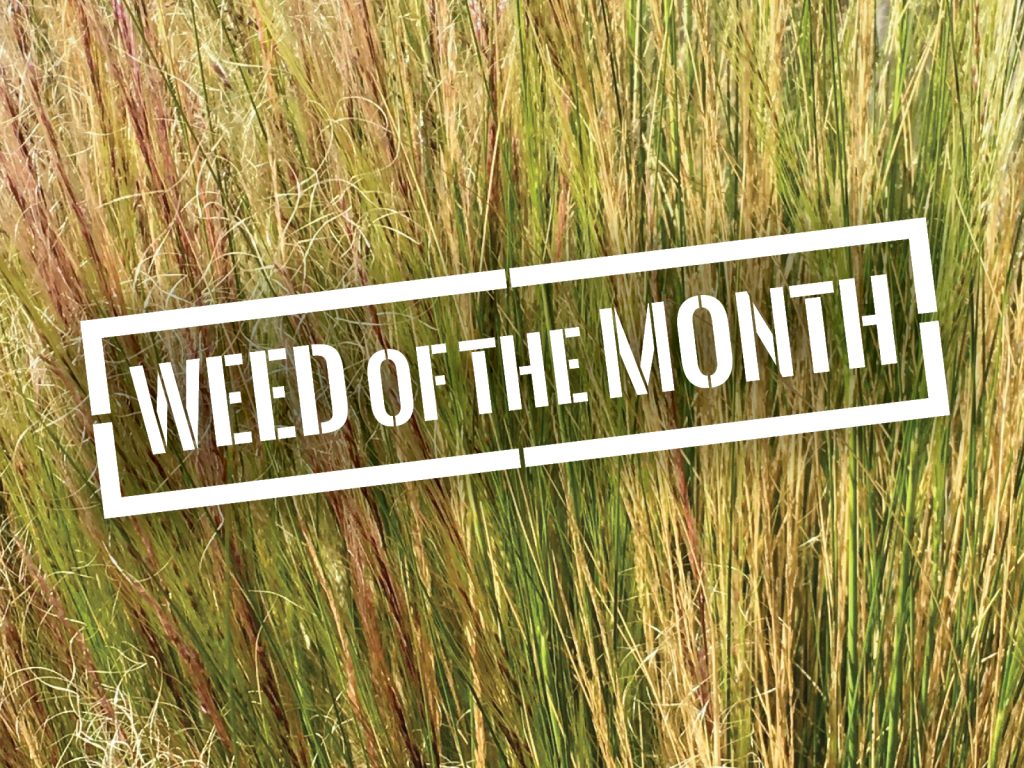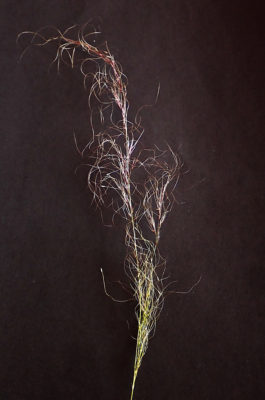
Mexican Feather Grass (Nassella tenuissima) is a major threat to Australia’s grazing industry – it is unpalatable to stock, difficult to control, and capable of thriving in a wide range of climates and soil types. Accidently misidentified as a native grass, Mexican feathergrass was introduced to Australia in 2008 and sold in nurseries as an ornamental garden plant.
In Tasmania, Mexican feather grass has not yet managed to ‘escape’ the few gardens it has been found in – if it does, the cost of controlling it could add up to millions of dollars each year.

The first record of Mexican feather grass for the Huon Valley was identified in a Huonville garden earlier this year. The plants were immediately controlled, and the patch will be carefully monitored to ensure it has been eradicated – but there could be more hiding in Huon Valley gardens that haven’t yet been identified. If you have a suspicious grass growing on your property, don’t remove it, but send a photo to Council’s Weed Management Officer at nrm@huonvalley.tas.gov.au, or phone Council for more information.
Have you seen it?
- Densely tufted, fine-leaved perennial tussock grass up to 70cm tall
- Very fine leaves that feel smooth when rolled between fingers, but coarse when sliding fingers down along the blade
- Seed heads can appear almost purple in colour
- Seeds have long, hair-like awns (threads coming off the seed) which tangle together and stick readily to clothes, fur and tools
We need your help to eradicate this weed from the Huon Valley.
Please report possible sightings to Council:
Weed Management Officer
(03) 6264 0300
nrm@huonvalley.tas.gov.au
Information on weed management, including developing your own weed management plan, can be found on our Weeds and the Huon Valley webpage.
Image credit: G&A Carle

